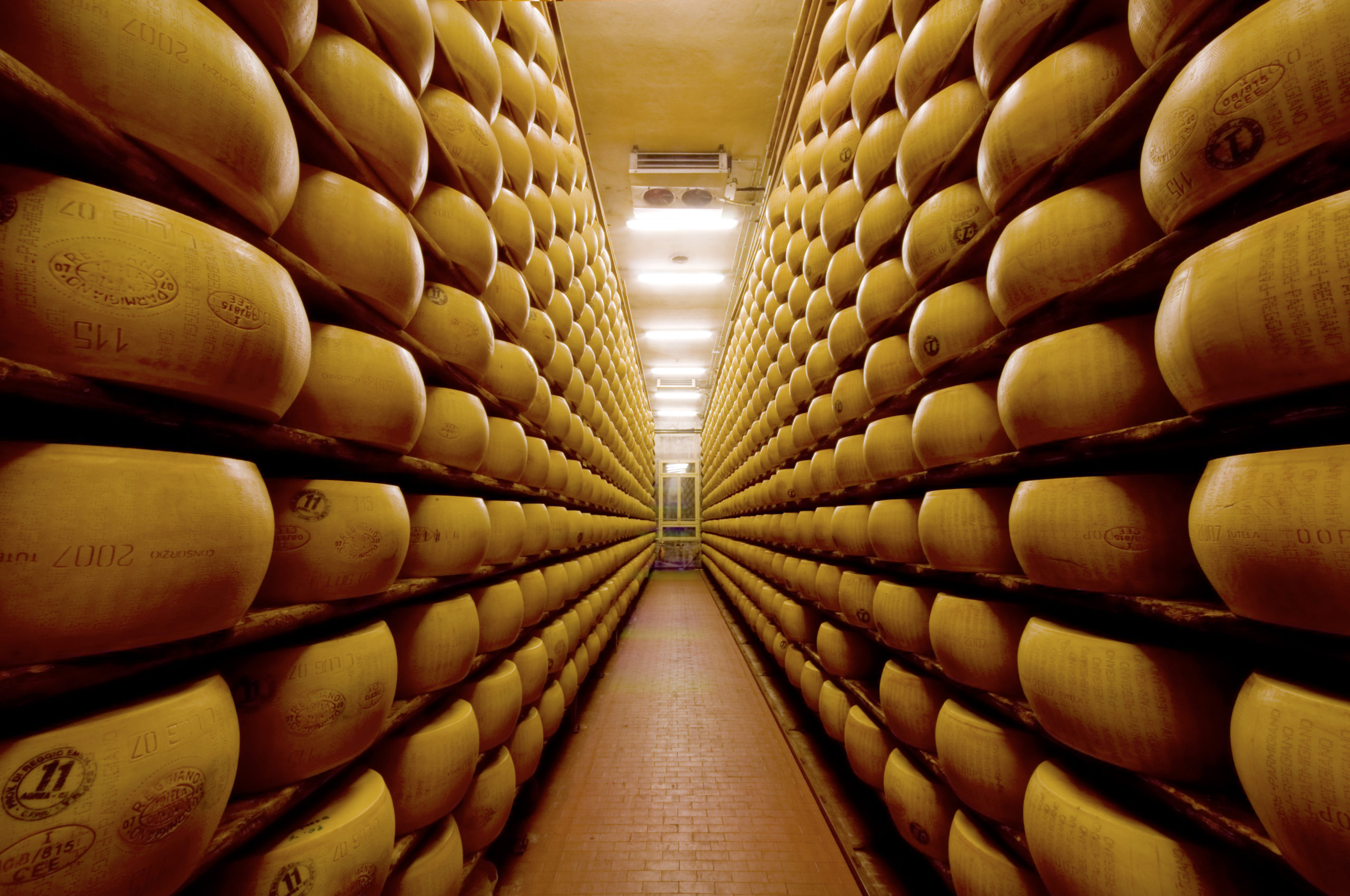Just before a 6.0 magnitude earthquake hit the Emilia-Romagna region of northern Italy in 2012, a local cheese producer said that his 230 cows began desperately mooing. When the quake hit, he ran outside. Checking afterwards, he said his dairy and storage facilities seemed okay…until he entered a warehouse that housed 11,000 eighty-pound wheels of aging Parmesan cheese. The shelves had collapsed and €6 million of cheese appeared to have been destroyed.
Where are we going? To how disasters affect nations differently.
The Parmesan Catastrophe
Parmigiano Reggiano is a valuable commodity. A cheese with a legal identity, the name can be used only by the approximately 600 producers from Reggio Emilia and Parma, Modena or Mantua. Having a protected Designation of Origin (DOP) means a quality guarantee.
Watching the first episode of the Netflix “Chef’s Table” series, I saw Parmigiano Reggiano through Chef Massimo Bottura’s eyes. As he took viewers to his restaurant’s kitchen and then to a Parmigiano Reggiano warehouse, the producers’ artisanal skill became increasingly evident. Thinking of Parmigiano Reggiano production as an art made it much easier to comprehend the devastating damage to 400,000 aging wheels that tumbled off collapsed storage shelves.
One goal after the quake was to sell as much of the salvageable cheese as possible. That was when Chef Massimo’s transformed a “dairy disaster” into a “cheesy miracle” by proclaiming a Parmigiano Reggiano Night. Because throughout Italy and beyond, people needed one-half pound of Parmigiano Reggiano to prepare their Risotto Cacio e Pepe, the demand curve for the cheese shifted to the right. But still, the losses were immense.
And that takes us to the economic impact of a disaster.
Our Bottom Line: Disaster Economics
Like the 2012 northern Italian earthquake, victims and dollars are the two basics of disasters. Through a 2015 report from the reinsurer, Swiss Re, we can see an inverse correlation between the two. Suggested by economist Timothy Taylor in a blog post, the reason could be economic development. In developed nations, assets are worth more and provide the physical security that developing nations lack.
Below, the top arrow points to $17.5 billion for North America, the highest insurance loss for 2014. However, costing far fewer dollars, shown by the lower arrow, the number of victims of disasters was much higher in Asia and Africa.
Insured losses and Victims From Natural and Manmade Disasters During 2014:

Covering 1970 to 2014, the list of the top 40 disasters by insurance losses is very different from the top 40 based on the number of people who died or were missing. Below, I’ve copied the top 10 from each list:
For insurance losses, the list is dominated by the U.S. (Do note that the fifth item was the World Trade Center attack, not a natural disaster)

For victims, the list is mostly composed of developing countries. A heat wave in Europe and an earthquake in Japan were the only two entries from the developed world.

Returning to the 2012 earthquakes on May 20 and 29, the priceless toll in people was 24. Again reflecting that inverse relationship between dollars and victims, the area that was hit had considerable agricultural and industrial activity. From Parmigiano Regginano to Balsamic vinegar to biomedical firms and auto components suppliers, the businesses in the area absorbed an economic punch valued in the billions.






